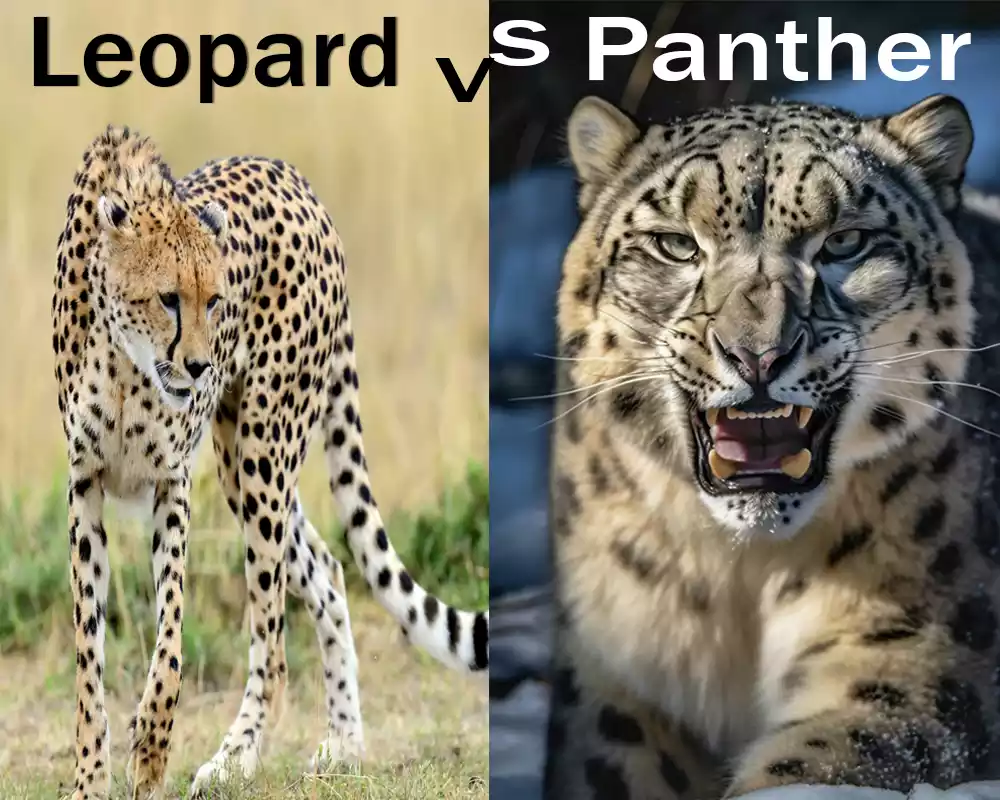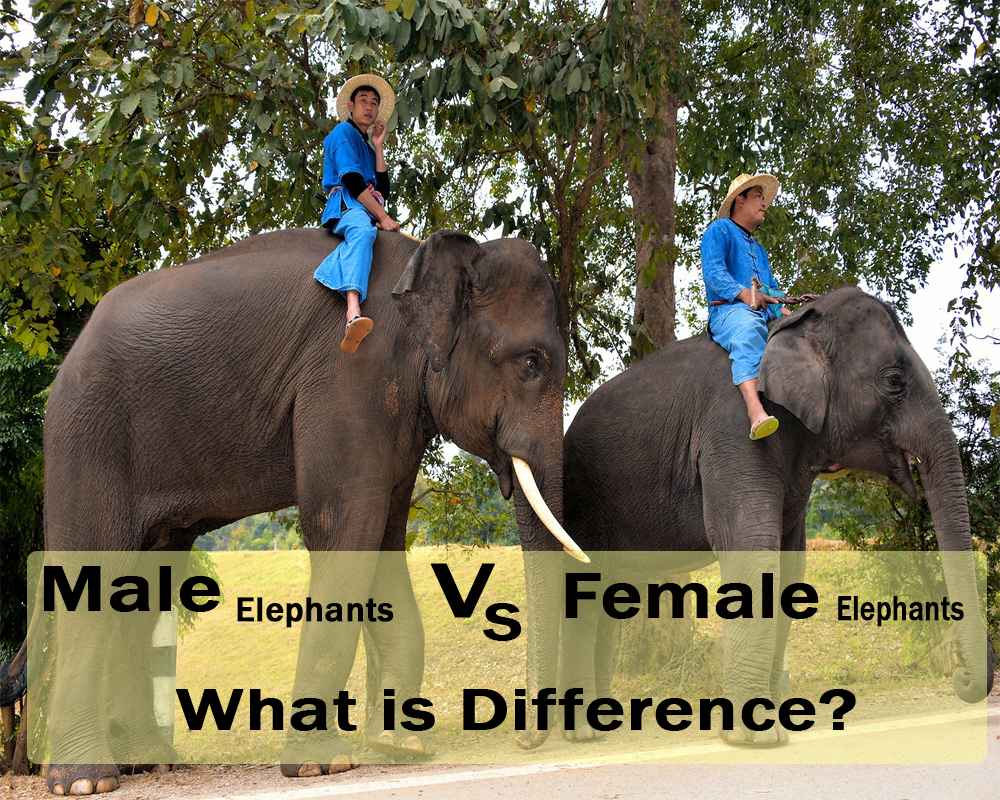Sphynx and Donskoy cats emerge as extraordinary breeds, captivating enthusiasts with their unique charm. The Sphynx, originating from Toronto, Canada in the 1960s, boasts a hairless appearance marked by prominent wrinkles. Meanwhile, the Donskoy, with roots in Russia, presents a distinctive rubbery skin and webbed look. Beyond their physical allure, these cats enchant with their individual temperaments, making them intriguing companions for those seeking distinctive and affectionate feline friends.
Definition of Sphynx
The Sphynx cat is a distinctive and unique breed known for its striking hairlessness. Contrary to its name, the Sphynx is not entirely without fur but has a fine layer of downy, peach-fuzz-like hair that covers its body. This breed is characterized by its large ears, large eyes, and a generally muscular and sturdy build. The lack of a traditional fur coat exposes the Sphynx cat’s soft, warm, and often wrinkled skin, giving it a distinct appearance.
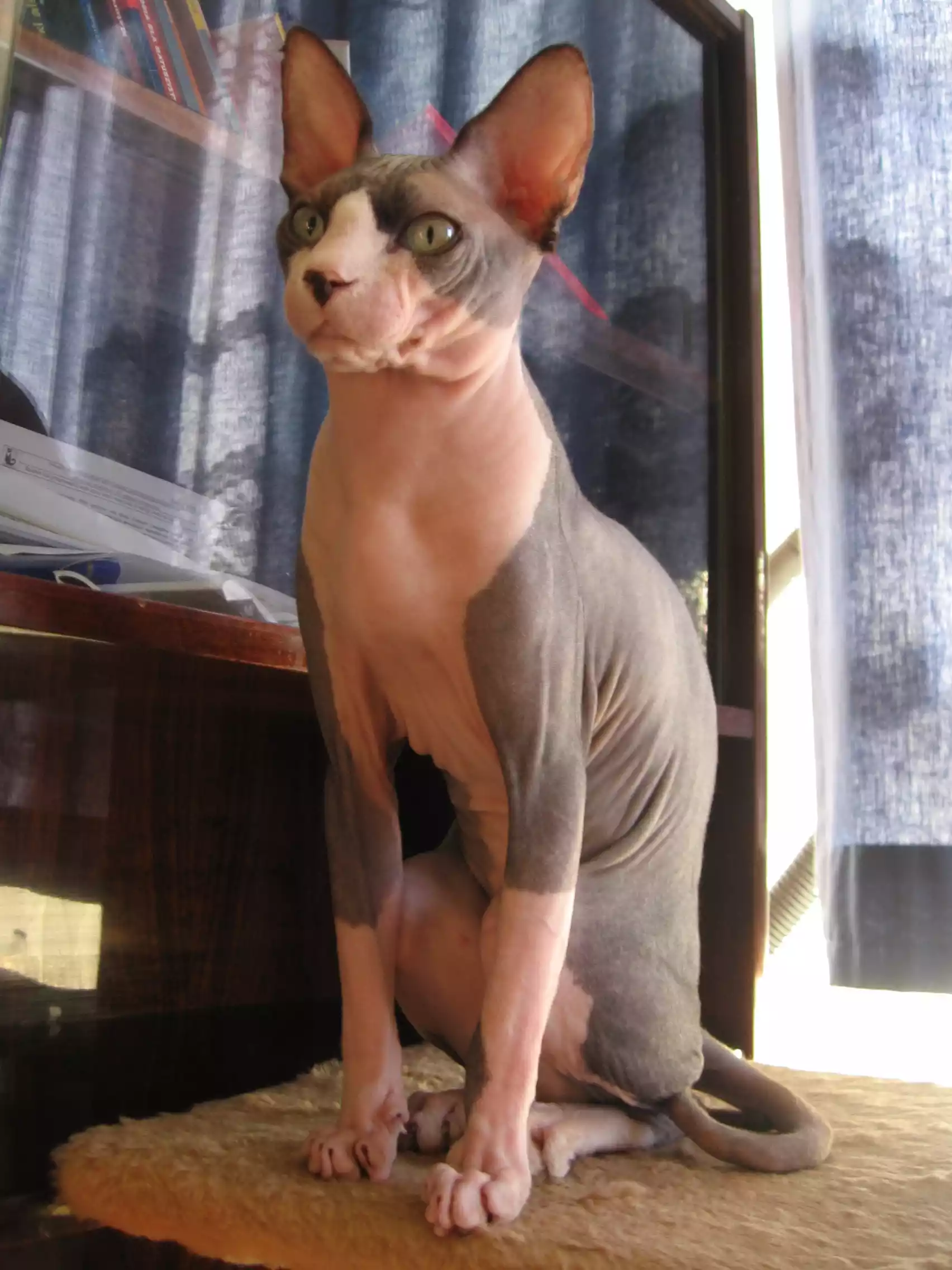
Despite their lack of fur, Sphynx cats are known for their friendly and affectionate nature. Originating in the 1960s, the breed has gained popularity for its unique appearance and interactive personality, making it a sought-after companion for cat enthusiasts.
Definition of Donskoy
The Donskoy cat, also known as the Don Sphynx or Russian Hairless, is another hairless feline breed originating from Russia. Like the Sphynx, the Donskoy cat is characterized by its lack of fur, although it comes in three distinct coat types: rubber bald, flock, and brush. The rubber bald Donskoy is completely hairless, with smooth and warm skin, often featuring wrinkles.
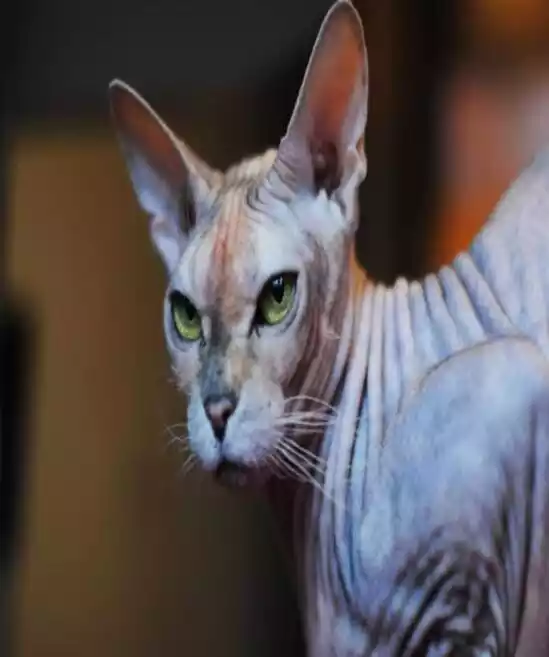
The flock Donskoy has a short, dense coat with a suede-like texture, while the brush Donskoy possesses a longer coat with varying degrees of curliness. Donskoy cats are known for their friendly and affectionate nature, forming strong bonds with their human companions. The breed emerged in the 1980s due to a spontaneous genetic mutation and has since gained popularity for its unique appearance and loving temperament.
Origins and History
The origins of the Sphynx and Donskoy cat breeds trace back to distinct yet fascinating stories of genetic mutations and selective breeding. The Sphynx cat, with its characteristic hairlessness, emerged in the early 1960s in Toronto, Canada, when the first known hairless cat, Prune, was born.
Early breeders, captivated by Prune’s unique appearance, initiated a breeding program, incorporating cats like Devon Rex and American Shorthair to maintain genetic diversity. The breed gained official recognition from cat registries, such as TICA and CFA, in the late 1980s, leading to the global popularity of these affectionate and distinctive felines.
On the other hand, the Donskoy cat has its roots in Rostov-on-Don, Russia, where a hairless cat named Varvara was discovered in the 1980s by Elena Kovaleva. The breed, also known as the Don Sphynx or Don Hairless, originated from a natural genetic mutation that resulted in hairlessness.
Recognized by TICA in 2005, the Donskoy breed includes various coat types, such as rubber bald, flock, and brush, adding to its uniqueness. Both breeds share a common theme of spontaneous genetic mutations, selective breeding practices, and recognition by major cat registries, contributing to their status as globally cherished and distinctive cat breeds.
Importance to knowing the difference between Sphynx and Donskoy
Understanding the differences between Sphynx and Donskoy cats is crucial for several reasons, ranging from meeting the specific needs of these breeds to making informed decisions as a responsible pet owner.
Here are some important reasons why knowing the difference between Sphynx and Donskoy is essential:
- Care Requirements:
- Grooming: While both breeds are hairless or have minimal hair, they may have different grooming needs. Sphynx cats, for example, require regular skin cleaning to remove oils, and their lack of fur necessitates protection from temperature extremes. Donskoy cats, with their different coat types, may require specific grooming routines.
- Health Considerations:
- Skin Sensitivity: Both breeds may have sensitive skin, and owners need to be aware of the potential for skin issues. Protection from sunlight and appropriate skincare are essential, especially for hairless cats.
- Temperature Sensitivity: Sphynx and Donskoy cats may be more susceptible to temperature changes due to their lack of fur, and owners must take precautions to keep them comfortable in different weather conditions.
- Temperament and Interaction:
- Social Needs: Understanding the temperamental differences can help potential owners choose a cat that aligns with their lifestyle. Both breeds are known for their sociability, but individual personalities can vary.
- Interactive Play: Recognizing the breeds’ playfulness and need for interactive play allows owners to engage in activities that contribute to their mental and physical well-being.
- Choosing the Right Pet:
- Personal Preferences: Knowing the distinctions enables potential cat owners to make an informed decision based on their preferences regarding appearance, grooming commitments, and interaction levels.
- Lifestyle Match: Different breeds may suit different lifestyles, and understanding these differences helps prospective owners select a cat that fits well into their home and routine.
- Responsible Ownership:
- Meeting Specific Needs: Responsible pet ownership involves meeting the specific needs of a particular breed. Knowing the differences ensures that owners can provide appropriate care and environment for their cats.
- Long-term Commitment: Cats, including Sphynx and Donskoy breeds, can live for many years. Understanding their unique requirements is essential for the long-term commitment that comes with pet ownership.
- Veterinary Care:
- Health Monitoring: Awareness of breed-specific health concerns allows owners to monitor their cats for any potential issues and seek veterinary care promptly when needed.
- Nutritional Considerations: Different breeds may have varying nutritional needs. Understanding these differences aids in providing a well-balanced and appropriate diet.
- Community and Breeder Interactions:
- Effective Communication: If seeking a cat from a breeder or interacting with a community of cat enthusiasts, knowing the differences allows for effective communication and understanding when discussing preferences or concerns.
- Avoiding Misconceptions:
- Educated Decision-making: Knowing the differences helps dispel myths or misconceptions about these breeds. This knowledge contributes to an educated and informed decision-making process.
Being aware of the distinctions between Sphynx and Donskoy cats is instrumental in providing optimal care, forming strong bonds with these unique feline companions, and contributing to a positive and fulfilling pet ownership experience.
Comparison table of Sphynx and Donskoy
Here’s a detailed comparison table highlighting key characteristics of the Sphynx and Donskoy cat breeds:
| Characteristic | Sphynx Cat | Donskoy Cat |
|---|---|---|
| Coat Type | Fine layer of peach-fuzz-like hair covering body | Rubber bald (completely hairless), flock, brush |
| Origins | North America | Russia |
| Coat Variability | Limited colors and patterns | Varied colors and patterns |
| Temperament | Friendly, affectionate | Loving, gentle |
| Body Structure | Muscular and sturdy | Muscular and sturdy |
| Ears | Large | Vary in size, often medium to large |
| Eyes | Large, expressive | Large, expressive |
| Skin Texture | Soft, warm, often wrinkled | Smooth, warm, may have wrinkles |
| Grooming | Regular skin cleaning, occasional bathing | Minimal for rubber bald, brushing for others |
| Unique Considerations | Sensitive to temperature changes, may need sunscreen outdoors | Different grooming needs based on coat type |
| Popularity | High | Growing |
| Recognition | Widely recognized | Recognized by cat associations |
| Adoption and Rescue | Available through breeders and rescue organizations | Available through breeders and rescue organizations |
This table provides a concise overview of the distinctions between the Sphynx and Donskoy breeds, considering factors such as coat type, origins, temperament, grooming needs, and popularity. It’s essential for potential cat owners to understand these differences when choosing a breed that aligns with their preferences and lifestyle.
Physical Characteristics
Physical Characteristics of Sphynx Cats:
- Body Type:
- The Sphynx cat has a medium to large-sized, muscular body.
- Despite their lack of fur, Sphynx cats feel warm to the touch due to the fine layer of downy hair on their skin.
- Head and Ears:
- The head is slightly rounded, with prominent cheekbones.
- Large, almond-shaped eyes set wide apart, and the color may vary.
- Prominent cheekbones and a distinct whisker break.
- Large ears that contribute to their distinctive appearance.
- Skin:
- Wrinkled skin is a notable feature, especially around the head, neck, and shoulders.
- Soft and warm skin with a texture reminiscent of suede.
- Tail:
- Tapered and long, in proportion to the body.
- The tail may have a slight curve but is typically straight.
- Coat Color and Patterns:
- Despite being hairless, Sphynx cats come in various colors and patterns.
- The skin may have pigmentation that corresponds to the color of a furred cat’s coat.
- Whiskers:
- Whiskers are usually short and sparse, contributing to the overall appearance.
- Weight:
- Adult Sphynx cats typically weigh between 6 to 12 pounds (2.7 to 5.4 kg).
Physical Characteristics of Donskoy Cats:
- Body Type:
- Medium to large-sized, with a well-muscled and robust build.
- Similar to the Sphynx, Donskoy cats have a sturdy and solid appearance.
- Head and Ears:
- The head is rounded with prominent cheekbones.
- Large, expressive eyes with varying colors.
- Medium to large-sized ears, with some variations in size.
- Skin:
- The rubber bald Donskoy has completely hairless, smooth skin.
- The flock Donskoy has a short, dense coat, and the brush Donskoy has a longer coat with varying degrees of curliness.
- Tail:
- Medium length, straight, and in proportion to the body.
- Coat Color and Patterns:
- The rubber bald Donskoy is completely hairless, displaying the skin’s natural color.
- The flock and brush Donskoys may come in various colors and patterns, similar to furred cats.
- Whiskers:
- Whiskers are typically present and may be straight or slightly curled.
- Weight:
- Adult Donskoy cats can weigh between 6 to 12 pounds (2.7 to 5.4 kg), similar to the Sphynx.
Individual variation exists within each breed, and these characteristics provide a general overview of the typical physical traits associated with Sphynx and Donskoy cats.
Temperament and Behavior
Temperament and Behavior of Sphynx Cats:
- Affectionate:
- Sphynx cats are known for their high level of affection. They often seek out close contact with their human companions, enjoying cuddling and warmth.
- Social:
- Highly social and outgoing, Sphynx cats thrive on human interaction.
- They enjoy being part of the family activities and are often described as “people-oriented” cats.
- Playful:
- Sphynx cats have an energetic and playful nature.
- They enjoy interactive play, including toys and games that engage their intelligence.
- Curious:
- Known for their inquisitive nature, Sphynx cats like to explore their surroundings and investigate new things.
- Talkative:
- While not excessively vocal, some Sphynx cats can be communicative, using soft and pleasant voices to express themselves.
- Adaptable:
- Sphynx cats are generally adaptable to different living environments.
- They can adjust well to changes in routine or surroundings.
- Attention-Seeking:
- Due to their affectionate nature, Sphynx cats may actively seek attention from their owners.
- They may follow their humans around the house and enjoy being involved in daily activities.
Temperament and Behavior of Donskoy Cats:
- Loving:
- Donskoy cats are known for their loving and gentle nature.
- They form strong bonds with their human companions and often seek out affection.
- Social:
- Similar to Sphynx cats, Donskoy cats are social and enjoy being part of the family.
- They may follow their owners from room to room and enjoy lounging close by.
- Playful:
- Donskoy cats have a playful streak and may enjoy interactive play sessions.
- Providing toys and activities is essential for their mental and physical stimulation.
- Curious:
- Like the Sphynx, Donskoy cats are curious and may explore their surroundings with interest.
- Adaptable:
- Donskoy cats are generally adaptable to different living conditions.
- They can adjust well to changes in the household or routine.
- Quiet:
- Donskoy cats are not known to be overly vocal. They may express themselves with soft purring or occasional meows.
- Good with Children and Pets:
- Both Sphynx and Donskoy cats are known to be good with children and other pets when introduced properly.
Cat personalities can vary, and factors such as early socialization, training, and the home environment play significant roles in shaping their behaviors. Providing a loving and stimulating environment is key to fostering positive behaviors in both Sphynx and Donskoy cats.
Care and Grooming
Care and Grooming of Sphynx Cats:
- Skin Care:
- Regularly clean the Sphynx cat’s skin to remove excess oils. This helps prevent skin issues and keeps the skin healthy.
- Use a gentle, cat-friendly cleanser recommended by a veterinarian.
- Bathing:
- Sphynx cats may need occasional baths to maintain skin health and cleanliness.
- Use a mild cat shampoo and ensure the cat is dried thoroughly after bathing.
- Sun Protection:
- Due to their lack of fur, Sphynx cats are susceptible to sunburn. Limit their exposure to direct sunlight, and if they are outdoors, provide shade.
- Some owners use cat-friendly sunscreen on exposed areas.
- Temperature Control:
- Sphynx cats can get cold easily. Provide warm bedding and consider clothing options, especially in cooler climates.
- Protect them from drafts and ensure a comfortable, warm environment.
- Nail Care:
- Regularly trim the cat’s nails to prevent overgrowth and potential scratching issues.
- Provide a scratching post to help keep the nails in good condition.
- Dental Care:
- Like all cats, dental care is important. Brush the cat’s teeth regularly to prevent dental issues.
- Offer dental treats or toys to promote oral health.
- Regular Veterinary Check-ups:
- Schedule regular veterinary check-ups to monitor the cat’s overall health.
- Discuss any skin concerns or changes in behavior with the veterinarian.
Care and Grooming of Donskoy Cats:
- Skin Care:
- The rubber bald Donskoy requires minimal grooming due to its hairless nature.
- For flock and brush Donskoys, regular brushing helps maintain coat health and removes loose hair.
- Bathing:
- Bathing needs depend on the Donskoy’s coat type. Rubber bald Donskoys may need occasional baths, while flock and brush Donskoys may require less frequent bathing.
- Use cat-friendly shampoo and ensure thorough drying.
- Sun Protection:
- Similar to Sphynx cats, Donskoy cats may need sun protection, especially the rubber bald variety.
- Limit exposure to direct sunlight and provide shade.
- Temperature Control:
- Consider the temperature sensitivity of hairless cats. Provide warm bedding, and protect them from cold drafts.
- Adjust the cat’s environment to ensure a comfortable temperature.
- Nail Care:
- Regularly trim the cat’s nails to prevent overgrowth.
- Offer scratching posts or pads to help maintain healthy nails.
- Dental Care:
- Brush the cat’s teeth regularly to promote good oral health.
- Use dental treats or toys to assist in keeping the teeth clean.
- Regular Veterinary Check-ups:
- Schedule routine veterinary check-ups to monitor the cat’s health.
- Discuss any grooming concerns or changes in behavior with the veterinarian.
It’s essential to tailor grooming routines to the specific needs of each cat, considering their coat type and individual preferences. Regular grooming sessions also provide an opportunity to check for any skin irregularities, lumps, or other health issues. Additionally, fostering a positive grooming experience through treats and positive reinforcement helps create a bond between the owner and the cat.
Similarities between Sphynx and Donskoy
While Sphynx and Donskoy cats are distinct breeds with unique characteristics, there are several similarities between them:
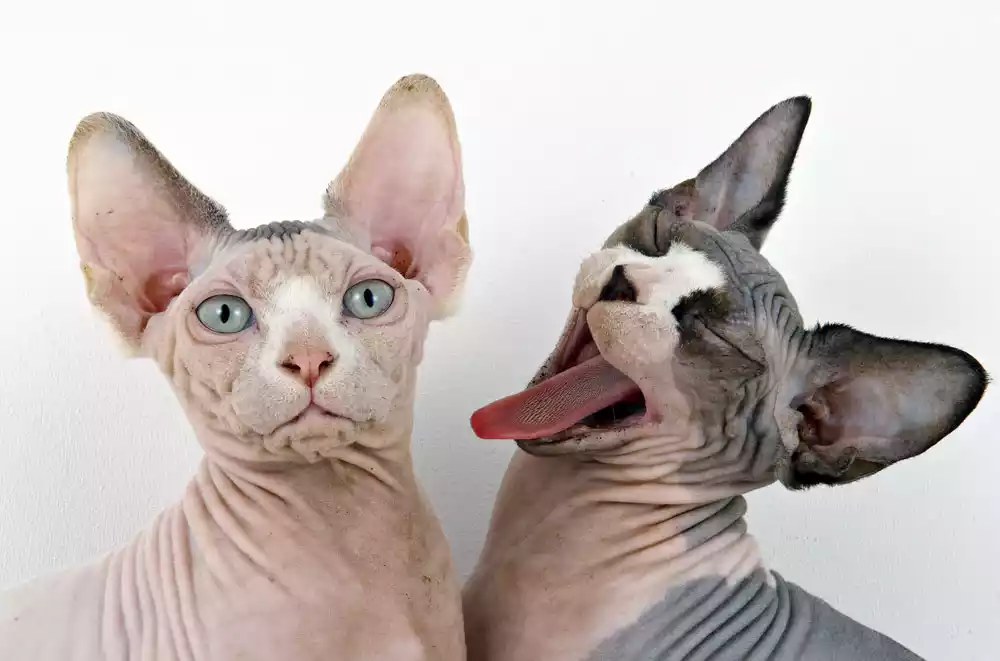
- Hairlessness: The most obvious similarity is that both Sphynx and Donskoy cats are known for their hairlessness. However, it’s crucial to note that they are not completely bald; they have a fine layer of downy hair or may exhibit varying coat types in the case of Donskoy cats.
- Warm Skin: Due to their lack of fur, both breeds have warm skin. This warmth makes them particularly appealing to those seeking a cat with a unique tactile experience.
- Muscular Build: Both breeds typically have a muscular and sturdy build. Despite their hairless appearance, they are robust and well-proportioned.
- Friendly Temperament: Sphynx and Donskoy cats share a reputation for being friendly and affectionate. They often form strong bonds with their human companions, seeking attention and interaction.
- Sociability: Both breeds are known for their sociable nature. They enjoy being around people and can thrive in households with ample social interaction.
- Unique Appearance: Sphynx and Donskoy cats stand out from other cat breeds due to their unique appearance. The absence of a traditional fur coat and their distinctive features make them easily recognizable.
- Popularity: Both breeds have gained popularity among cat enthusiasts who appreciate their unique look and affectionate personalities. While the Sphynx is more widely recognized, the Donskoy has been steadily gaining popularity.
- Interactive Play: Sphynx and Donskoy cats are often described as playful and enjoy interactive play. Engaging them in playtime activities is essential for their physical and mental well-being.
Despite these similarities, potential cat owners should also consider the specific needs and characteristics of each breed when deciding which one is the best fit for their lifestyle and preferences.
Popularity in the Modern World
Popularity of Sphynx Cats in the Modern World:
- Social Media Presence:
- Sphynx cats have gained significant popularity on social media platforms, with many owners sharing their unique and adorable characteristics online.
- Their photogenic appearance often contributes to viral trends and increased visibility.
- Celebrity Endorsement:
- Some celebrities are known to own Sphynx cats, contributing to the breed’s popularity.
- Celebrity endorsements can influence trends in pet ownership and breed preferences.
- Pet Influencers:
- Sphynx cats have become popular in the realm of pet influencers, where social media accounts dedicated to these cats amass large followings.
- Their distinctive appearance and playful nature make them captivating subjects for online content.
- Breed Recognition:
- The Sphynx cat is widely recognized by major cat breed registries, contributing to its legitimacy as a distinct and sought-after breed.
- Breed recognition encourages responsible breeding practices.
- Increased Adoption Rates:
- Due to their popularity, Sphynx cats are often sought after by prospective cat owners, leading to increased adoption rates.
- Reputable breeders and rescue organizations contribute to responsible adoption practices.
- Appearance in Media:
- Sphynx cats have appeared in various forms of media, including movies, TV shows, and commercials.
- Their unique appearance often makes them stand out in visual media.
Popularity of Donskoy Cats in the Modern World:
- Growing Recognition:
- Donskoy cats have been gaining recognition in the modern world, with an increasing number of cat enthusiasts appreciating their unique qualities.
- Breeders and cat organizations contribute to promoting the breed.
- Online Presence:
- Donskoy cats are becoming more visible on social media platforms, with owners sharing their experiences and showcasing the breed’s distinct coat types.
- Online communities contribute to the sharing of information about Donskoy cats.
- Breed Promotion:
- Responsible breeders play a role in promoting the Donskoy breed by adhering to standards, participating in cat shows, and educating potential owners.
- Breed promotion contributes to the breed’s legitimacy and recognition.
- Unique Appearance:
- The Donskoy’s variety in coat types, including rubber bald, flock, and brush, makes them appealing to cat enthusiasts seeking diversity in appearance.
- This uniqueness contributes to their growing popularity.
- Adoption Opportunities:
- Donskoy cats are available for adoption through breed-specific rescue organizations.
- Adoption efforts contribute to the welfare of the breed and provide opportunities for responsible ownership.
- Word of Mouth:
- Positive experiences shared by Donskoy cat owners contribute to word-of-mouth promotion, influencing potential owners to consider the breed.
- Personal testimonials can shape perceptions of the breed’s suitability as a companion.
While Sphynx cats have a longer history of popularity, Donskoy cats are gradually gaining recognition and appreciation in the modern world. Both breeds benefit from responsible ownership, education, and efforts to ensure their well-being and preservation of their unique qualities.
Choosing the Right Breed
- Appearance:
- Consider the distinct physical characteristics of each breed. Sphynx cats are known for their completely or mostly hairless appearance, while Donskoy cats come in rubber bald, flock, and brush coat types.
- Choose a breed whose appearance aligns with your preferences.
- Grooming Requirements:
- Assess your willingness and ability to meet grooming needs. Sphynx cats require regular skin cleaning and occasional baths, while Donskoy cats with flock or brush coats need brushing to maintain coat health.
- Choose a breed that matches your grooming commitment.
- Temperature Sensitivity:
- Both Sphynx and Donskoy cats can be sensitive to temperature changes due to their lack of fur.
- Consider your local climate and how well you can provide a comfortable environment for a hairless or minimally furred cat.
- Activity Level:
- Evaluate your lifestyle and activity level. Sphynx and Donskoy cats are generally playful and sociable, but individual cats may vary.
- Choose a breed that aligns with your desire for interaction and play.
- Allergies:
- Consider potential allergies, as some individuals may be allergic to cat dander.
- Spend time with both breeds to see if you have any allergic reactions before making a decision.
- Space and Housing:
- Assess your living situation. Both breeds adapt well to indoor living, but they may have different space requirements.
- Choose a breed that fits comfortably in your living space.
- Cost of Ownership:
- Consider the financial aspects of cat ownership, including initial costs, veterinary care, and potential grooming expenses.
- Choose a breed that aligns with your budget for pet care.
- Breeder Reputation:
- If purchasing from a breeder, research and choose a reputable breeder with a commitment to responsible breeding practices.
- Check for reviews, references, and the breeder’s adherence to breed standards.
- Rescue and Adoption:
- Explore adoption options through breed-specific rescue organizations or shelters.
- Consider providing a loving home to a cat in need.
- Health Considerations:
- Be aware of breed-specific health considerations. Sphynx and Donskoy cats may have different susceptibilities.
- Discuss health concerns with the breeder or rescue organization and ensure that veterinary care is accessible.
- Personal Preferences:
- Consider your personal preferences in terms of appearance, temperament, and interaction style.
- Spend time with both breeds to understand their unique qualities.
Remember that individual cats may have varying personalities, even within the same breed. Spending time with potential feline companions, whether through visits to breeders or adoption centers, is essential to making an informed decision. Additionally, consult with breeders, veterinarians, and experienced cat owners to gather insights into the specific needs and characteristics of Sphynx and Donskoy cats.
Adoption and Rescue Efforts
- Breed-Specific Rescue Organizations:
- Dedicated organizations focus on rescuing, rehabilitating, and rehoming Sphynx and Donskoy cats.
- Collaborations with Shelters:
- Collaboration between breed-specific rescue organizations and general animal shelters to provide care for cats of these breeds found as strays or surrendered.
- Education and Awareness Campaigns:
- Campaigns inform potential adopters about the unique characteristics, care needs, and responsibilities associated with Sphynx and Donskoy cats.
- Fostering Programs:
- Establishing fostering programs where experienced volunteers provide temporary care and socialization for cats awaiting adoption.
- Adoption Events:
- Organizing events to showcase available cats, allowing potential adopters to meet and interact with Sphynx and Donskoy cats in a controlled environment.
- Online Adoption Platforms:
- Utilizing online platforms to facilitate the adoption process, allowing potential adopters to browse available cats, learn about their histories, and initiate adoptions.
- Breed-Specific Adoption Criteria:
- Adoption processes include breed-specific criteria to ensure potential adopters are well-informed about the unique needs and characteristics of Sphynx and Donskoy cats.
- Veterinary Care Support:
- Prioritizing the health and well-being of Sphynx and Donskoy cats by providing necessary veterinary care, including spaying/neutering, vaccinations, and treatment for health issues.
- Post-Adoption Support:
- Offering post-adoption support, providing guidance, resources, and assistance to adopters as they integrate Sphynx or Donskoy cats into their homes.
- Responsible Breeder Collaboration:
- Collaborating with responsible breeders to ensure that cats in need are identified, cared for, and placed in suitable homes.
- Breed Clubs’ Involvement:
- Breed clubs associated with Sphynx and Donskoy cats actively support and participate in rescue efforts to contribute to the well-being of cats within their breeds.
- Public Engagement Initiatives:
- Engaging the public through social media, events, and educational campaigns to foster a sense of community and encourage responsible ownership.
- International Collaboration:
- International collaboration among rescue organizations, breed clubs, and veterinary professionals to address the needs of Sphynx and Donskoy cats on a global scale.
- Spaying and Neutering Programs:
- Implementing spaying and neutering programs to prevent overpopulation and reduce the number of cats in need of rescue.
- Adoption Fee Structures:
- Setting adoption fees to cover the costs of veterinary care, fostering, and other expenses associated with the rescue process.
Conclusion
Sphynx and Donskoy cats stand as testament to the diversity and charm found in the feline world. Their unique physical attributes, coupled with distinct personalities, make them captivating additions to any household. Whether one is drawn to the affectionate nature of the Sphynx or the reserved charm of the Donskoy, these breeds offer a special companionship that goes beyond the conventional.
As we navigate the complexities of responsible pet ownership, the allure of these hairless wonders persists, leaving a lasting imprint on the hearts of those fortunate enough to share their lives with these extraordinary cats.

